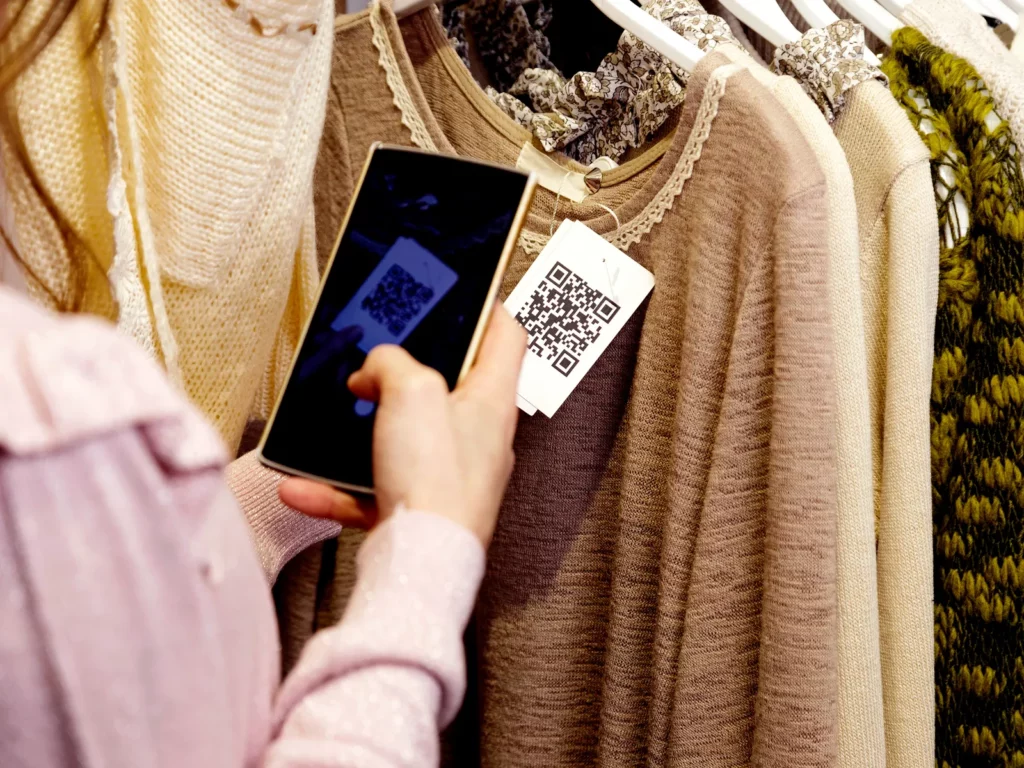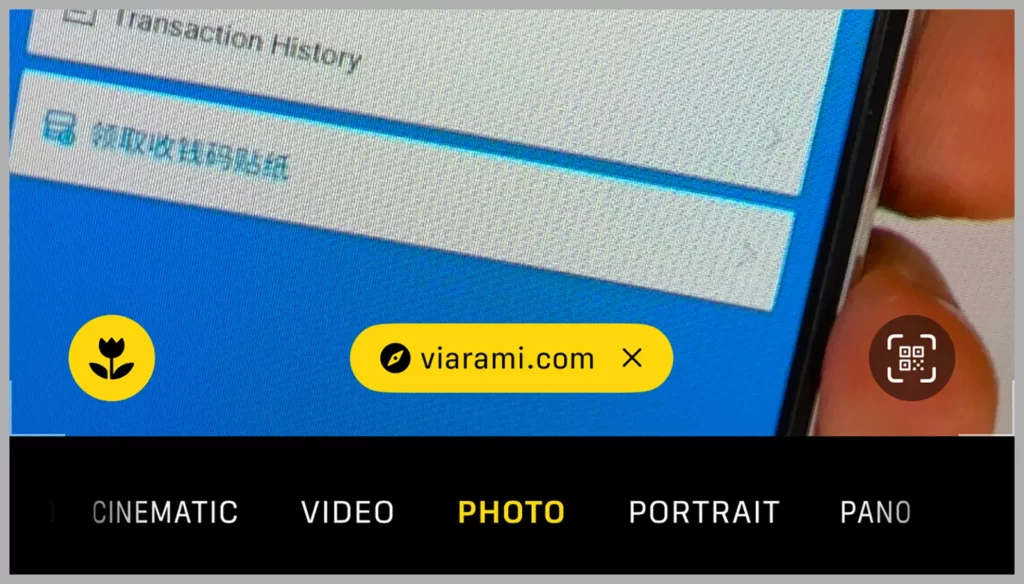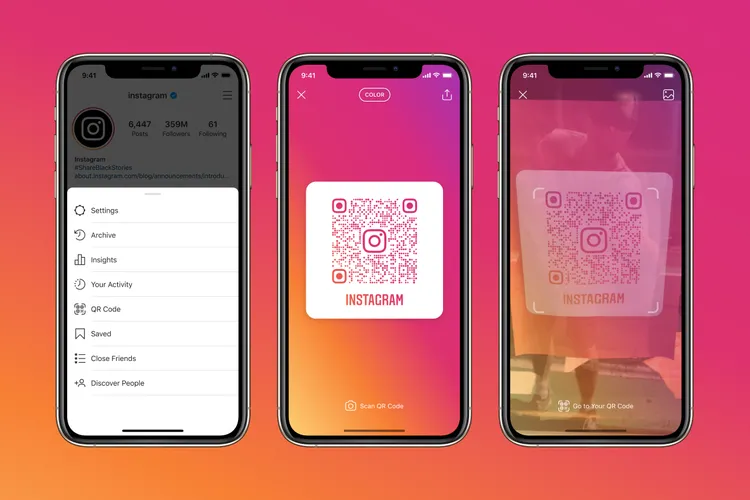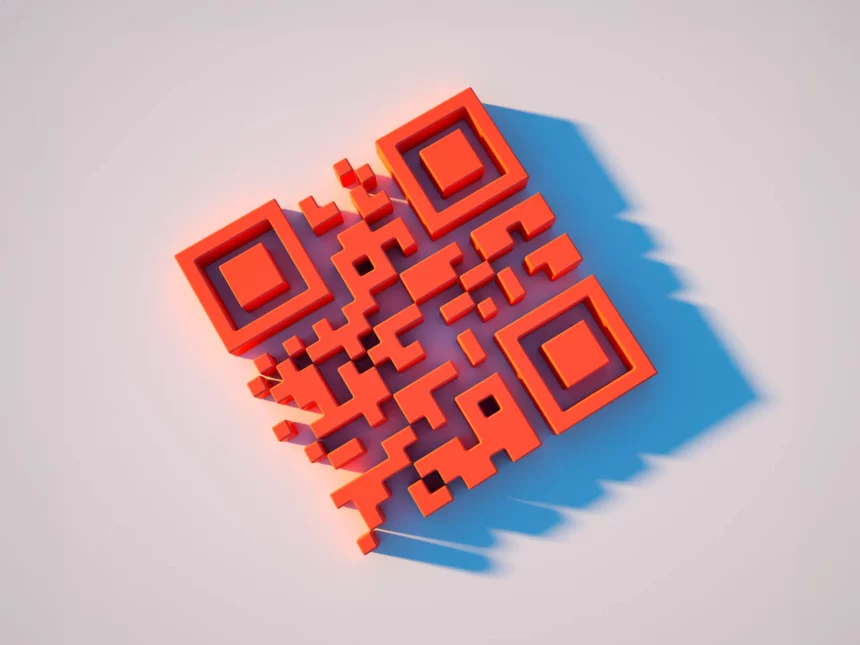In the ever-evolving landscape of cybersecurity threats, scammers and hackers continually adapt their tactics to exploit various forms of communication. The latest concern on the cybersecurity horizon is the rise of QR code scams, known as “quishing attacks.” This article explores the potential risks associated with QR codes and provides insights into safeguarding yourself against these emerging threats.

Understanding QR code hacks
QR codes, those grid-like patterns that your phone’s camera can interpret, have become ubiquitous in our daily lives. While they often lead to harmless destinations like website URLs or app listings, they can also be manipulated by malicious actors to direct users to fraudulent websites. The danger lies in the fact that, at first glance, it’s challenging to distinguish between a legitimate and a malicious QR code.
The simplicity of creating QR codes adds to the vulnerability. Tools for generating QR codes are widely available and user-friendly, allowing anyone, including hackers, to easily create codes that may lead to malicious websites. These codes can be disseminated through various means, such as attaching them to emails, printing them on documents, or placing them on walls, making users unsuspecting targets.
The primary goals of these fraudulent websites remain consistent—to compromise the security of user accounts or devices by tricking individuals into downloading harmful content or divulging login credentials. While the results may be familiar, the method of exploitation through QR codes introduces a new avenue for cyber threats.

Protecting yourself from QR code hacks
Fortunately, the security practices you may already have in place can serve as effective defences against QR code hacking. Here are some essential precautions to consider:
- Exercise Caution: Treat QR codes with the same scepticism as you would with emails or instant messages. Avoid scanning codes from unverified sources, especially those attached to suspicious emails or found on untrustworthy websites.
- Verify Sources: Trust QR codes from reputable and known sources. For example, QR codes on menus at local restaurants are less likely to pose a threat compared to those received through questionable means.
- Use Previews: Many devices provide a preview of the link associated with a QR code before opening it. Take advantage of this feature to assess the safety of the website before navigating to it.
- Maintain Digital Security: Implement strong security measures for your digital accounts, such as enabling two-factor authentication, keeping personal details up to date, and logging out of unused devices.
- Stay Informed: Be cautious of urgent and alarming messages prompting you to scan QR codes for identity verification or account protection. Scammers often use a sense of urgency to manipulate individuals.
- Keep Software Updated: Regularly update your browser and mobile operating system to benefit from built-in technologies that identify and warn against fraudulent links. While not foolproof, these integrated protections add an extra layer of defence.

In conclusion, while QR codes enhance convenience in various aspects of our lives, it’s crucial to remain vigilant and implement these security measures to protect yourself from potential quashing attacks. By staying informed and adopting proactive cybersecurity practices, you can navigate the digital landscape with confidence and minimize the risk of falling victim to QR code scams.







